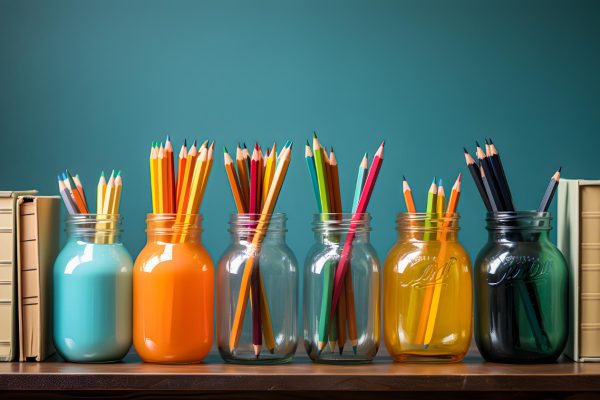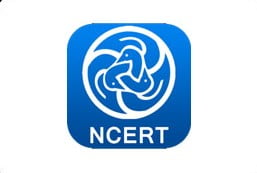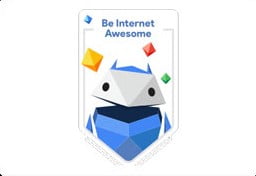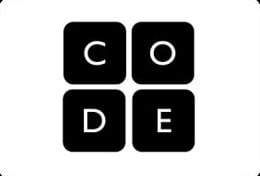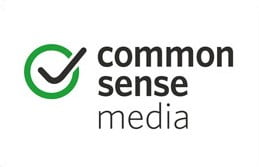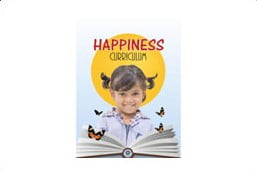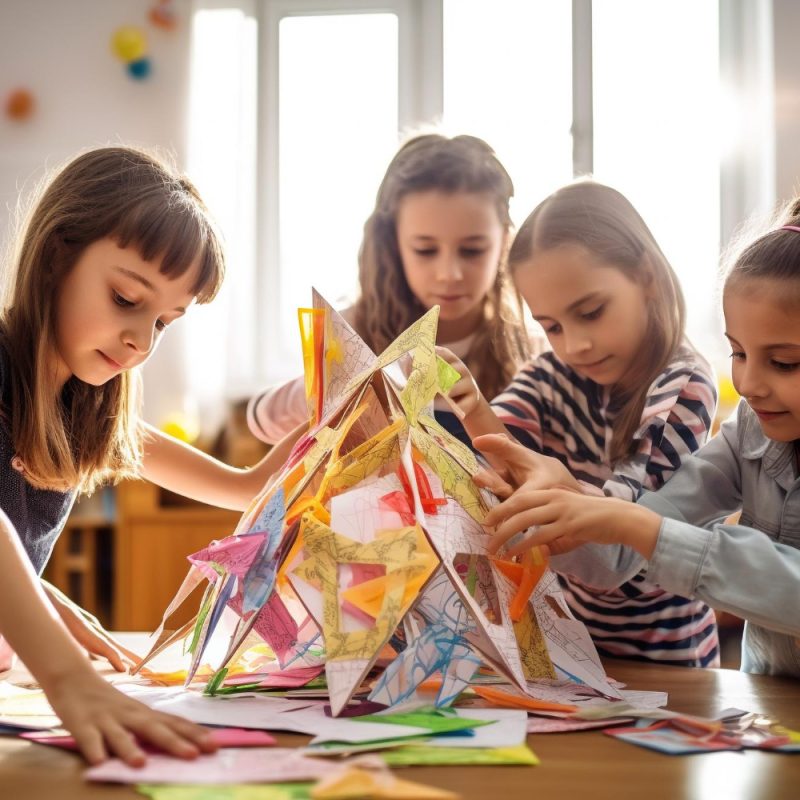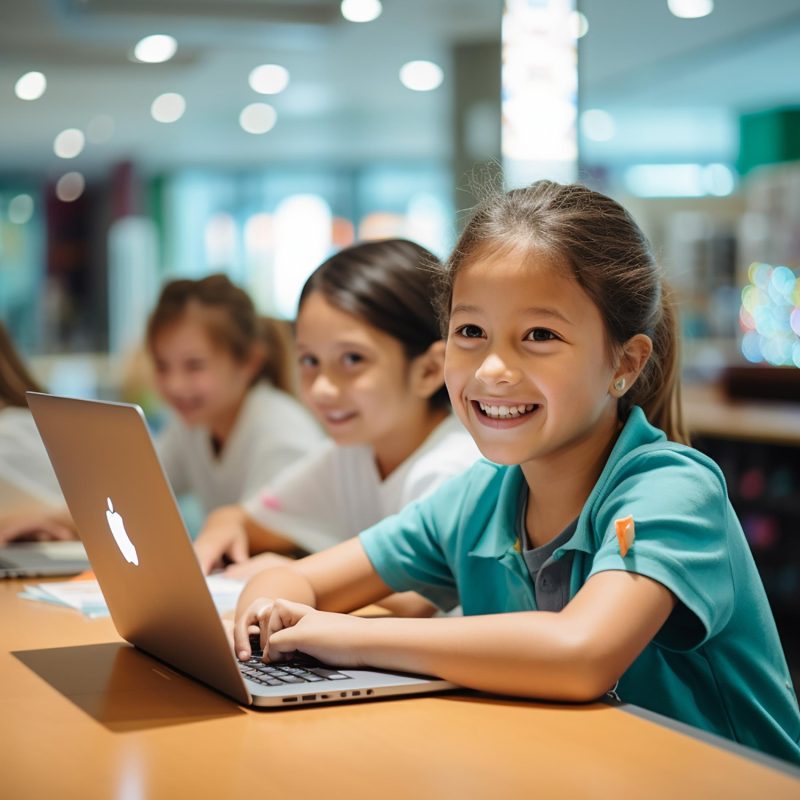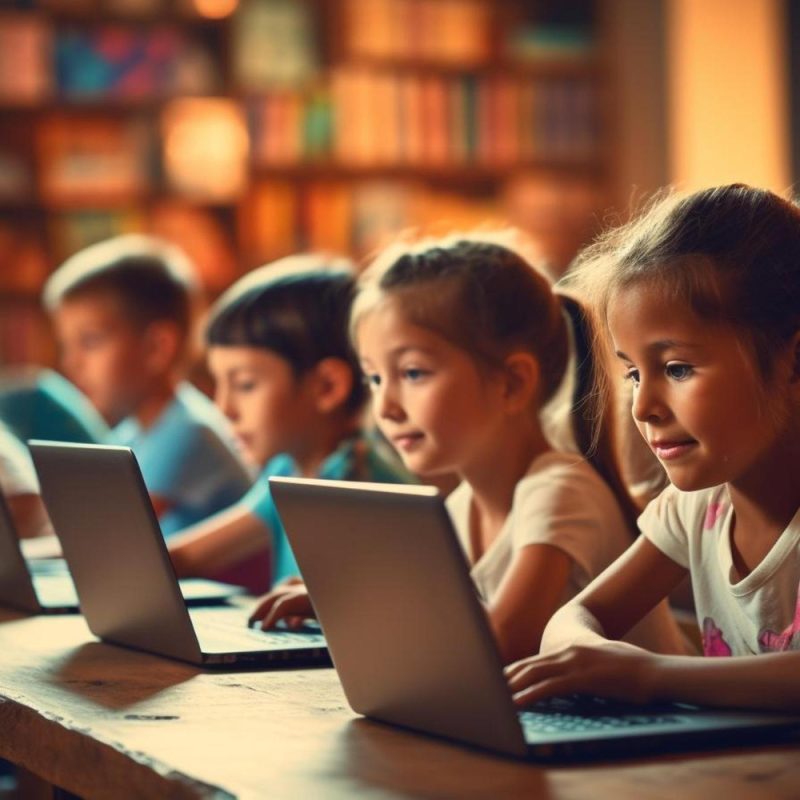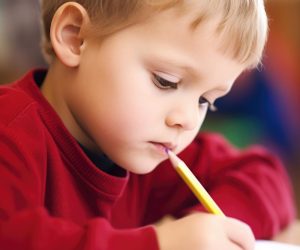Kindergarten
CURRICULUM
DIIS is designed to be joyful, purposeful, and engaging in order encourage each child to be a successful learner. The Kindergarten program at DIIS focuses on various learning milestones that students need to meet. The Kindergarten program focuses on seven key areas of development like social and emotional development, practical life skills, sensorial/physical (fine/gross motor) development, language/literacy, mathematical development, culture (understanding and knowledge of the world), and technology/creative development. These seven areas form a foundation for the successful transition to elementary school. Learning involves various strategies through whole group instruction, small group learning, as well as independent activities. Through these methods, students learn about being a part of a class community, as well as explore their own individual learning style through a structured environment. We fully encourage and prepare children for life by placing learning in a meaningful context.
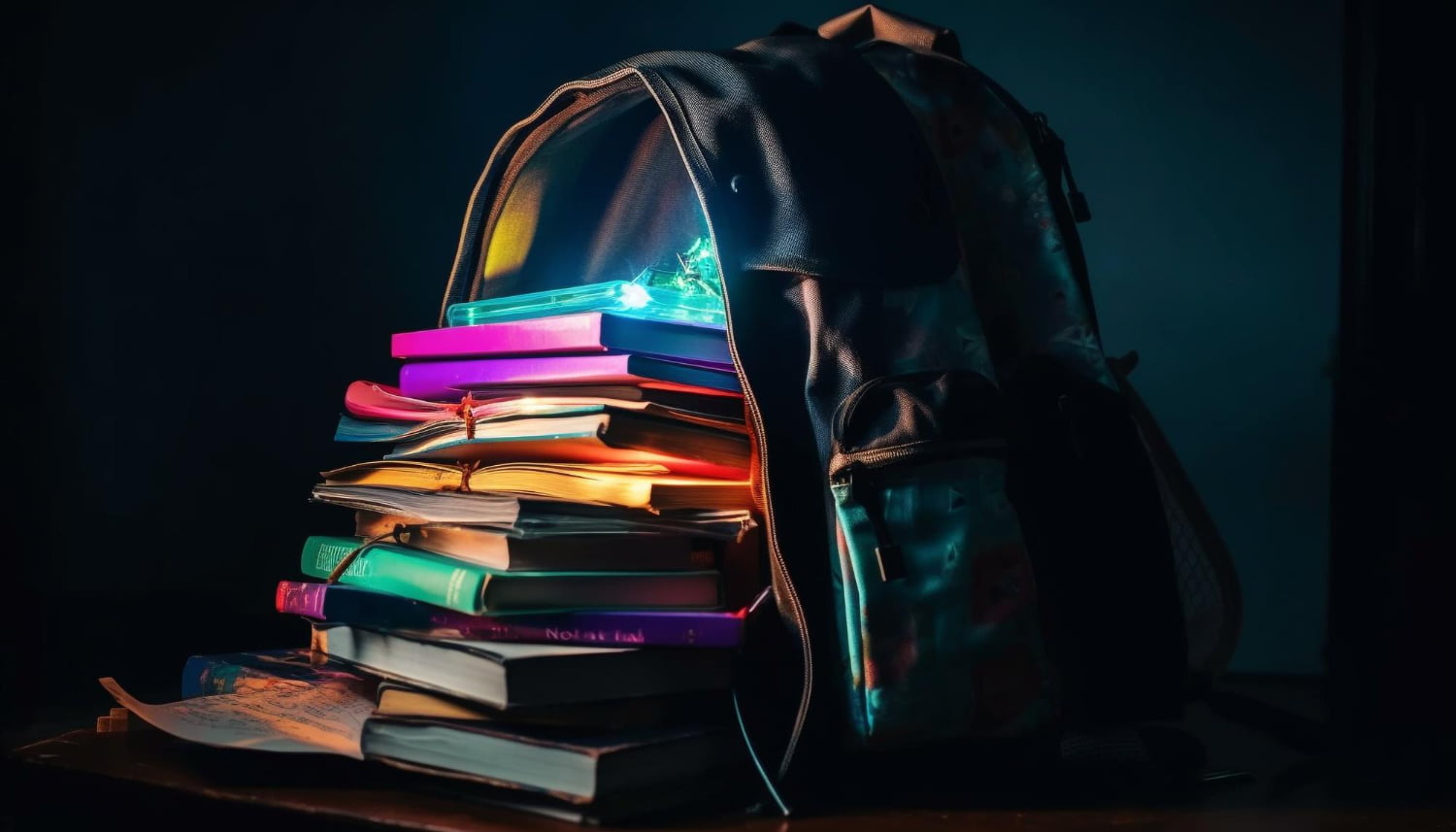
While the Kindergarten at Disha uses a Montessori approach, our learning outcomes are based on The Pre School Curriculum developed by the (N.C.E.R.T.) National Council of Educational Research and Training ,Code.org, Google’s Be internet Awesome, Common Sense Media, Shape America physical education, and Social Emotional Learning Curriculum (Happiness Program) of Delhi Govt.
Core subjects include:
- English
- Math
- Science
- Social Studies
Specialists subject includes:
- Social and Emotional Learning
- Music and Arts
- Physical Education
- Coding and Programming
The Montessori curriculum for children aged 3 to 6 encompasses a diverse range of subjects, including Practical Life, Sensorial, Mathematics, Language, Arts, and Cultural activities. At DIIS, the Montessori curriculum is strategically aligned with the education objectives set forth in the Indian Government’s New Educational Policy 2020. This curriculum is meticulously crafted to empower children to realize their utmost potential, all while progressing at their own unique pace. Within the framework of the Indian education system and in accordance with the New Education Policy, it aptly corresponds to the preschool level in foundational phase.
Practical Life
Learning fundamental life skills, or practical life, is the component of the Montessori Early Years Learning Programme that links the home environment and the DIIS. Children need structure, and they love to be independent, and this desire finds expression in the exercises of practical life. During these exercises children use a variety of materials and activities to support increased control and refinement of:
- Whole body equilibrium and coordination
- Fine motor skills
- Voluntary control of attention and the ability to concentrate
- The ability to sequence the steps of a task in order to achieve a goal
- Everyday living skills.
To achieve the goal of a practical life exercise, children must use precise movements.As they strive for precision of movement, children develop their independence, meaning they develop emotional self-control, voluntary control over movement, control over attention, the ability to self-regulate, and the foundation of the ability to focus/concentrate over a sustained period of time. If they are free to work at their own pace uninterrupted, children gradually extend the period of time they are able to concentrate. When they have completed a cycle of work, without being disturbed, children typically experience feelings of great satisfaction and increased confidence in their own abilities.
Practical life for children aged between three and six years in the DIIS encompasses four main areas:
- control of movement
- care of person
- care of environment
- grace and courtesy/social relations.
In the DIIS the skills needed to succeed and the exercises in these areas are developed initially in a series of ‘transitional’ exercises in which children practise ‘preliminary movements’. These exercises build on the skills learnt by children at home and in community.
Sensorial
Young children use their senses to explore their environment. Through sensory exploration they receive a myriad of sensory impressions from birth. From about the age of three, the developing human mind, together with the sensitive period of order, naturally strives to discriminate similarities and differences resulting in young children sorting, arranging and classifying the many sensory experiences they have collected so far. The inventory of sensory experience they construct at this age becomes a resource they use both for thinking and creating.
The Montessori materials children use to fine-tune sensory perception and discrimination, the sensorial materials, are some of the most distinctive and iconic of all the Montessori materials. The sensorial materials are sets of definitive or graded objects designed to precise specifications. Each set isolates one sensory quality only in regular and measurable ways. The qualities isolated by the Montessori sensorial materials include: texture, color, shape, dimension, mass, taste, smell, temperature, pitch and intensity of sound. Children are taught a precise vocabulary to talk about the sensory qualities, and their variations, embodied in the materials. They learn these words in contrasting sets, for example, red/blue/yellow, loud/soft, long/short, rough/smooth, triangle/square/circle, cube/sphere. In addition, children are introduced to the superlative and comparative language for example longer/shorter, longest/shortest. This vocabulary then becomes a resource children can use to make more precise meanings about their world. Children use the sensorial materials in the exercises of the senses.
The exercises of the senses provide children with keys to exploring the world, as well as a means to refine perception and to construct a foundation for abstract thinking and creative expression. Initially, the exercises provide children with opportunities to use each sense to distinguish contrasting perceptions. Later, the children use the exercises to discriminate between increasingly fine variations in order to grade the objects in each set.
The exercises of the senses include exercises through which children learn to attend to their perceptions and to discriminate between finer and finer variation using the following senses:
- Whole body equilibrium and coordination
- Fine motor skills
- Voluntary control of attention and the ability to concentrate
- The ability to sequence the steps of a task in order to achieve a goal
- Everyday living skills.
Mathematics
The study of mathematics is a reflection of the human tendencies for investigation and orientation, for order and classification, for reasoning and making judgements, and for calculating and measuring. In the DIIS, when mathematical concepts are first presented to children, they are embodied in concrete materials.
Mathematics in the DIIS builds on and extends the exercises of practical life and the exercises of the senses, as well as the many mathematical experiences children encounter incidentally in their daily lives, including experiences with:
- Visual representation of mathematical concepts
- Pattern and order
- Problem solving
- Cardinal and ordinal numbers
- Place value
- Operations (addition, subtraction, multiplication, division)
- Fractions
- Spatial relations e.g. placement of objects, spatial patterns, one-to-one correspondence of objects and two-dimensional shapes
- Measurement e.g. length, mass, time, temperature, volume, perimeter, area
- Word problems (addition, subtraction, multiplication, division)
As they work with the exercises of the senses, children are making judgements in relation to distance, dimension, graduation, identity, similarity and sequence. Building on this foundation, the Montessori mathematics materials introduce children to:
- Counting (from 1 to 10, 10 to 90, linear 1 to 100 and 1000, and skip-counting as an introduction to multiplication)
- Place value to four digits
- Number operations (addition, subtraction, multiplication, division).
The base ten number system is represented for children in concrete form using golden beads organized so they vary simultaneously in quantity, size, mass and geometric shape. Children are also given the corresponding symbol for each quantity. In this way, children experience relations between the hierarchies of the system in multiple ways. Using this material in active and enjoyable games, children learn to add, subtract, multiply and divide. This material supports the heightened sensitivity for numbers children tend to experience around the age of four.
Language
The first, indirect preparation for mastering written language begins with the exercises of practical life and the exercises of the senses. The exercises of practical life develop fine motor skills and the exercises of the senses prepare children to distinguish between the different sounds of the language and the different shapes of the letters.
When children first work with the letters of the alphabet, they use sandpaper letters as part of activities in which they simultaneously hear the sounds of the letters, and see and trace the shape of the letters. When children know enough letters, they are introduced to a movable alphabet made out of wooden or cardboard letters. Children use the letters to compose and write down their own words, phrases, sentences and finally stories. Because children are using their own language to compose with the movable alphabet, they may discover that they can read their own writing, especially when the movable alphabet work is accompanied by activities that provide children with structured opportunities for decoding practice. They soon transfer their skills to reading books, both to themselves and others. They are later introduced to word study materials and materials for exploring spelling patterns. To increase reading fluency and comprehension, children work with materials that draw their attention to the grammar patterns of the language.
All elements of the Montessori language programme provide children with a platform for building self-confidence and using language creatively across a variety of modes of communication. Children also have the opportunity to enjoy a wide range of good quality and varied literature, as well as factual and reference books.
The multi-age grouping of children means younger children have many opportunities to watch and listen to older children reading both story and factual books.
Culture
The Montessori Culture area at the Early Childhood level is broad in content yet specific in its intention.It is through the Cultural Curriculum young children develop impressions about how the world works. Culture activities facilitate children’s Cognitive, Social and emotional development in a constructive way.
The culture curriculum refers to an integrated study that includes History,Geography Biology, Botany, Zoology and Physical Science,as well as Art .By introducing the intricacies of our world in their early education , students are exposed to concepts like political geography, Earth science.Exploring these subjects provide children an opportunity to explore their curiosity of different worldly ideas. Students begin to realize at a young age how interconnected these subjects are and are able to speak on these concepts at their early age.
Children enter the DIIS when their interest in observing natural and social phenomena is at its peak. They are in the process of building a framework for classifying the features of the world around them. The exercises of the senses develop and refine children’s powers of observation and sensory perception. Children learn to appreciate the natural world and social world through their senses.
Activities that provide children with experience of the natural and social world are presented in the same integrated way as all Montessori activities. Knowledge is presented to children in concrete form they can manipulate in purposeful ways. Activities allow for freedom of choice and repetition. Lessons can be given individually, or in small or large groups.
A systematic approach to the study of nature and society in the DIIS lays the foundation for Cosmic Education, which is the major focus of studies for children aged from six to twelve years.

